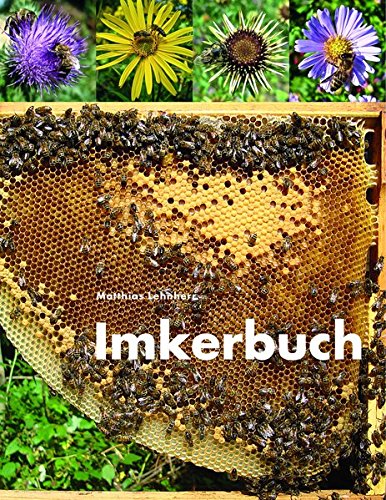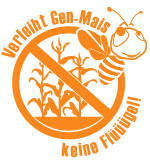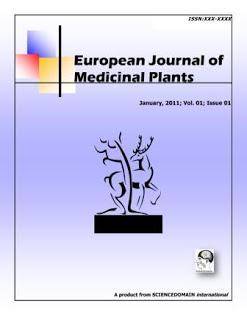Cytoprotective Potential of Royal Jelly on Human Umbilical
Vein Endothelial Cells Against Nicotine Toxicity via Catalase
Aims: To examine the cytoprotective effects and mechanisms
of a royal jelly extract in protecting the human umbilical vein endothelial
cells (HUVECs) from nicotine toxicity.
Study Design: Laboratory experimental tests.
Place and Duration of Study: Department of Physiology and
Department of Surgery, Faculty of Medicine, Srinakharinwirot University,
Bangkok 10110, Thailand, between June 2011 and February 2012.
Methodology: Cytotoxic assay of royal jelly to HUVECs was
performed by using the 3-(4,5-dimethylthiazol,2-yl)-2,5-diphenyltetrazolium
bromide (MTT) reagent. The cytoprotective effect was then investigated by
examining the presence of vacuole-like structures in HUVECs exposed to nicotine
5 or 7.5 mM with and without royal jelly. Cells were stained with crystal
violet and photographed under phase contrast microscope. mRNA levels of genes
involved in intracellular antioxidant system, superoxide dismutase (SOD),
catalase (CAT), glutathione peroxidase (GPX) and glutathione reductase (GSR)
were confirmed by reverse transcription-polymerase chain reaction (RT-PCR).
Catalase activity was also determined by examining peroxidative function.
Results: Vacuole-like structures were found in the cytoplasm
of HUVECs exposed to 5 mM nicotine and higher. Royal jelly alone at the
concentrations lower than 2 mg/ml did not affect the structure or the survival
rate of HUVECs after 1, 4, and 7 days of treatment. For cytoprotective effect,
royal jelly 1-4 mg/ml mixed with 5 mM nicotine could obviously decrease the
numbers of cells containing vacuole-like structures in the cytoplasm of HUVECs
with the dose- and time-dependent fashion. The catalase mRNA levels and
catalase activity in HUVECs exposed to 5 mM nicotine decreased significantly,
but recovered when the cells were treated with royal jelly.
Conclusion: Royal jelly can be safety applied to endothelial
cells even at high doses. Royal jelly is able to attenuate the abnormal
vacuole-like structures induced in endothelial cell cytoplasm when exposed to
nicotine. Further investigation of antioxidant gene expression showed that the
mechanism possibly involves a reduction of oxidative stress via an
up-regulation of catalase. Besides the supplementary food, royal jelly could be
useful for endothelial cell protection from nicotine toxicity found in smoking
or nicotine addiction.
 Lehnherr, Mathias (8. Aufl. 2017) [1992]: Imkerbuch
Lehnherr, Mathias (8. Aufl. 2017) [1992]: Imkerbuch



